How To Use Nd Filters
Finding the Universe contains affiliate links, meaning if y'all make a purchase through these links, nosotros may earn a commission at no extra toll to you.
In my ongoing series of photography tips, today I want to respond a question that many of you have – namely, what is an ND Filter in photography, besides known by its unabbreviated name: a Neutral Density Filter.
If this isn't a question you had, and you have no idea what I'm talking virtually, fear not. I'm going to break it downwardly simply for you lot with this neutral density filter guide. I'm going to explain what an ND filter does, why yous might demand an ND filter, and give you some tips on the best ND filter brands.
First though, let'due south starting time with the basics, and reply the question – what is a filter?
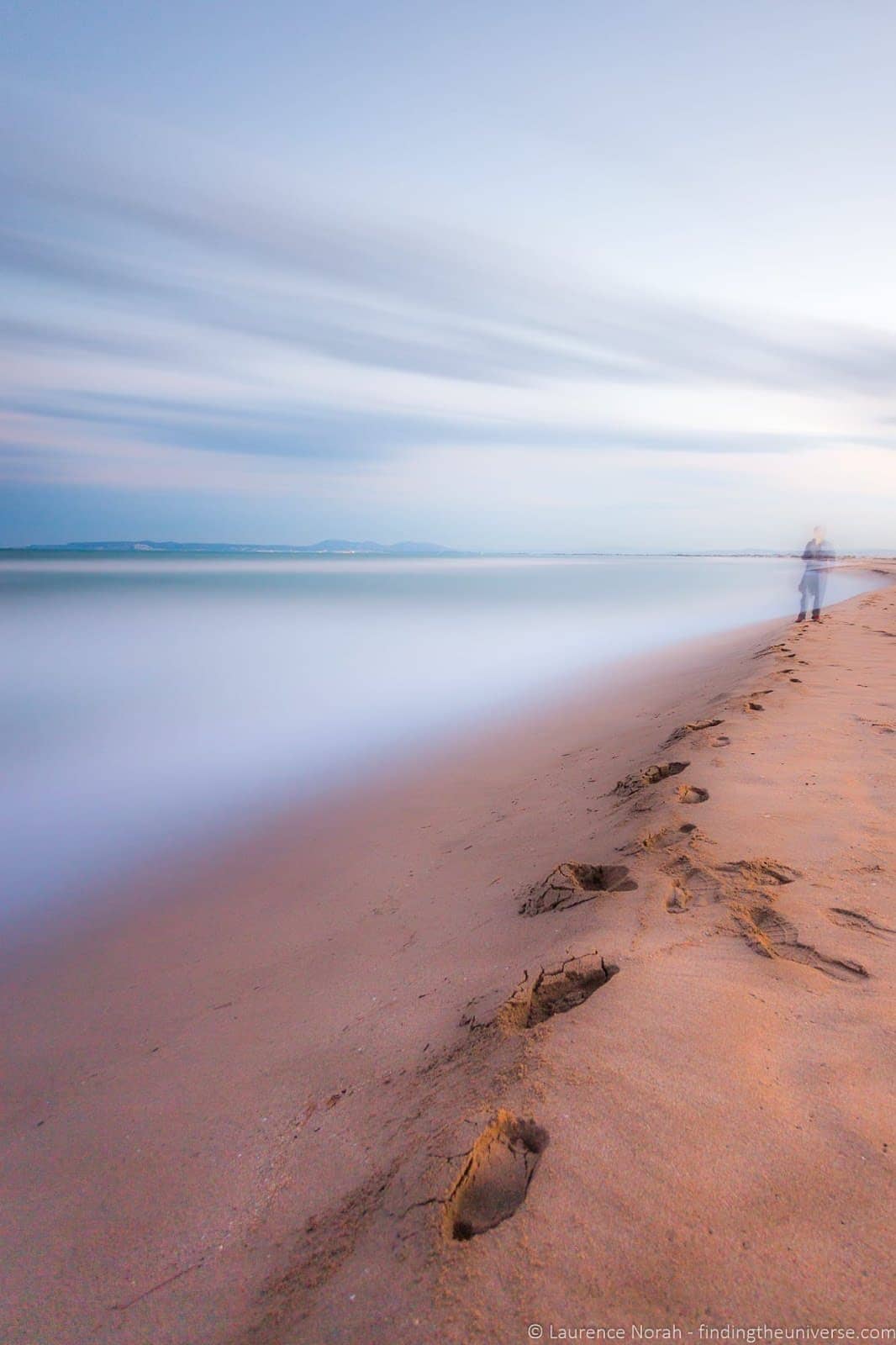
Table of Contents
What is a Filter In Photography?
A filter is a product, commonly made of drinking glass, just sometimes made of resin or other fabric, which is designed to have some impact on the light striking your camera'south sensor.
For example, a UV filter is designed to filter out UV light – a throwback from moving picture days, as modern camera sensors tend to take built-in UV filters. A polarizing filter filters out polarized lite, expert for cutting down on reflections and making blueish skies pop.
The majority of filters adhere to the front of your camera'southward lens, and straight impact the lite as it passes through them and enter the lens. Some cameras, particularly newer advanced meaty cameras, come with a congenital in ND filter, for example the Fujifilm X100T and the Sony RX100 V.
We'll exist primarily looking at the attachable filters that can be attached and detached onto the forepart of your camera lens in this mail, although the effect of a born ND Filter is the aforementioned as the one yous attach to the front of your lens.
What is an ND Filter?
An ND Filter is a special filter designed to reduce the amount of light that passes through information technology and therefore, the amount of light that ends up on the photographic camera's sensor. Information technology is substantially a darkened piece of glass (or resin) that is designed non to change annihilation other than the quantity of low-cal that passes through it.
Other factors such equally the color of the low-cal or polarization of the light should non be affected.
This allows for artistic effects such as using a wider aperture (for depth of field furnishings) or a longer shutter speed (for fourth dimension-based effects) than would non be possible otherwise. They are most useful in bright weather condition where there is a lot of bachelor light.
Here'southward an example of 2 like shots, The commencement without an ND filter:
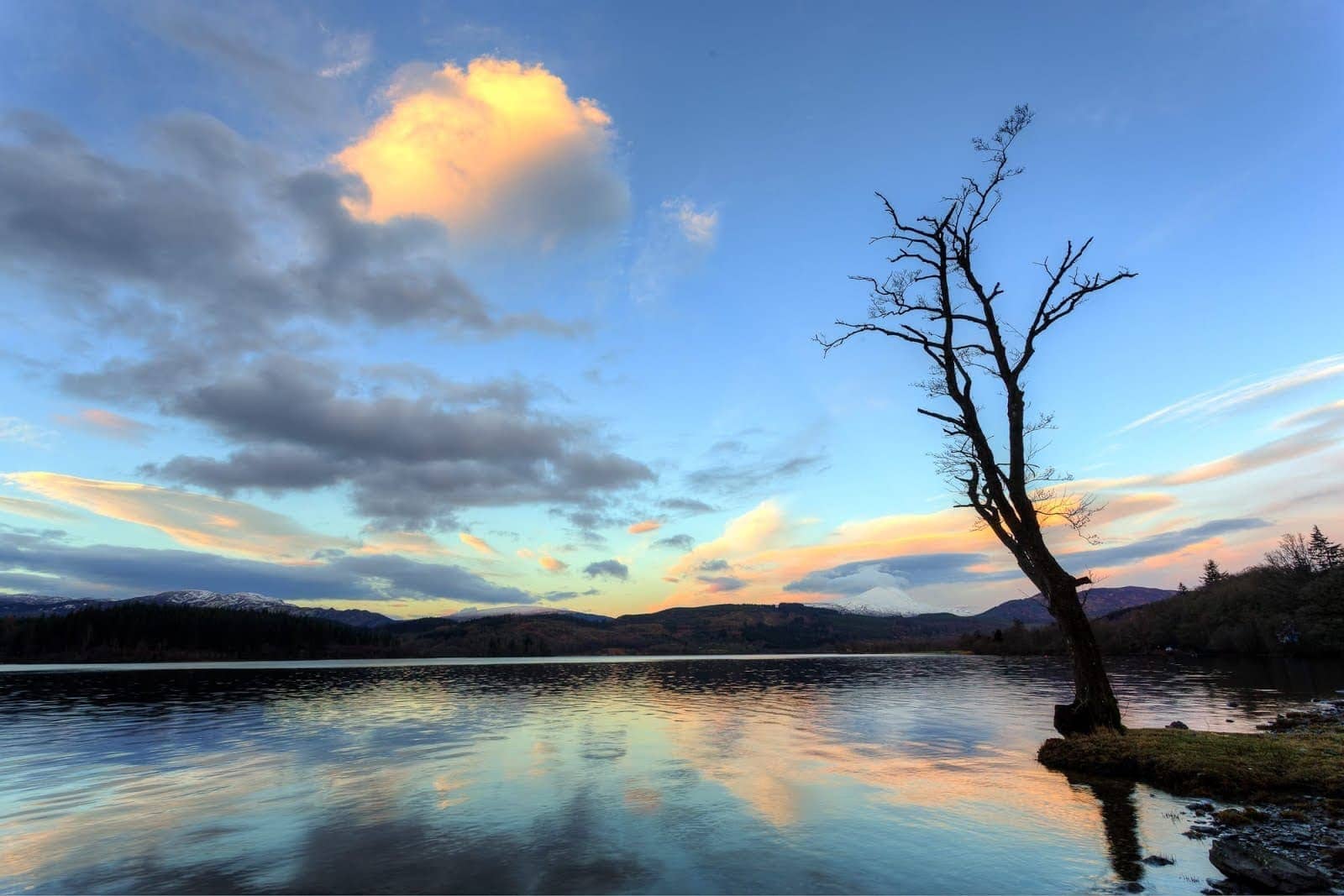
The 2nd with a ND filter:
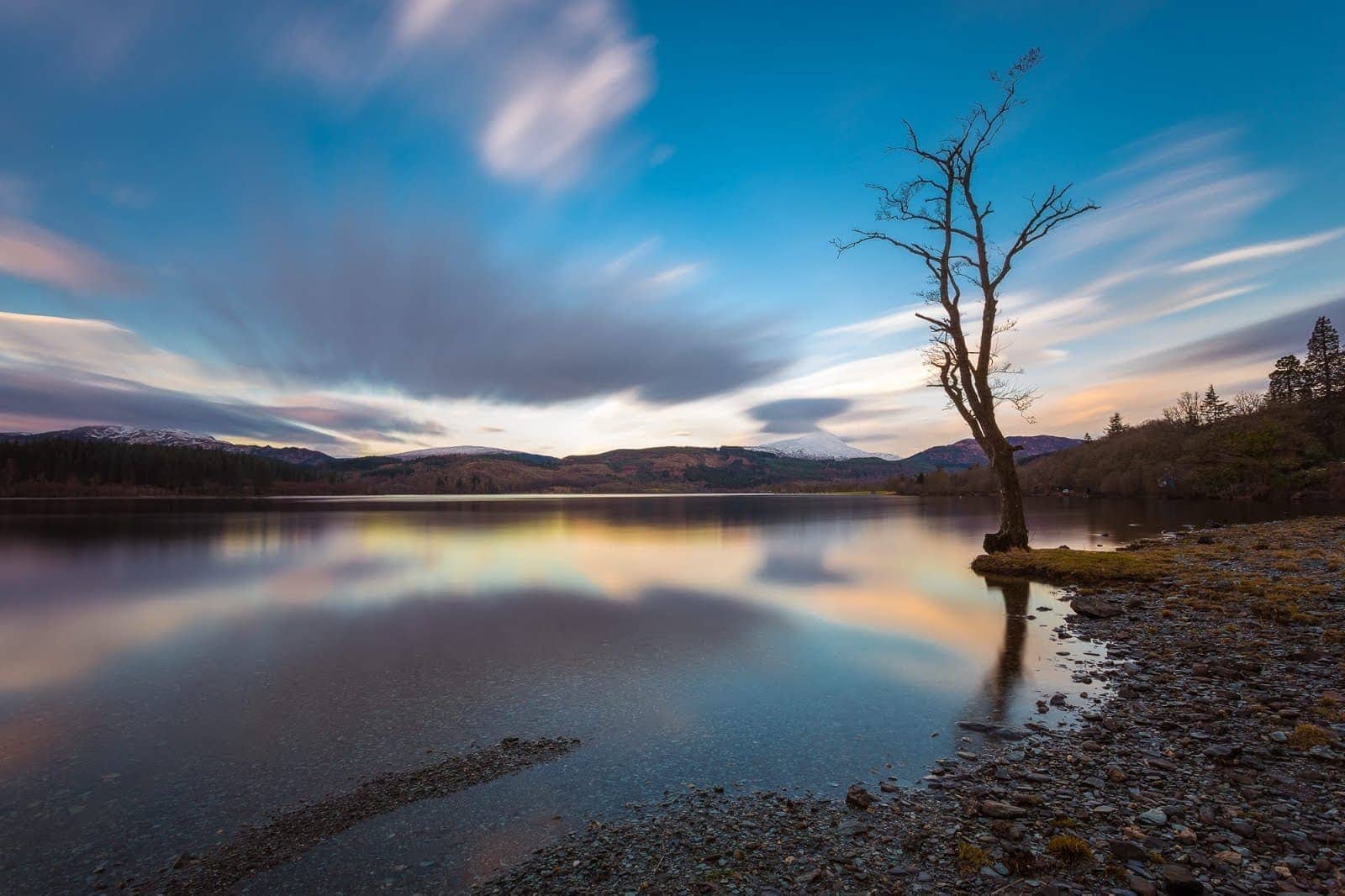
Every bit you can encounter, the longer exposure of the second shot has resulted in the water movement in the lake smoothing out, and the clouds blurring across the heaven.
More on when to employ an ND Filter in the next section.
What Types of ND Filter are there?
There are different types of neutral density filters, and they offer different strengths, depending on how much lite you lot want to block. This is measured using different terms, just the most commonly used term that photographers care about is the number of "stops" of lite the filter blocks.
Usually used filters by photographers are three terminate filters, 6 stop filters, and 10 stop filters.
To explicate, a stop is basically a measurement of the amount of light. If you increment by i end, you are doubling (or halving) the corporeality of light. So for instance, if you become from a shutter speed of 1/250th of a 2d to 1/125th of a second (twice as long), yous are doubling the amount of low-cal. That is what we photographers refer to as a "stop".
A three stop filter would permit you become from a shutter speed of 1/250th of a second to 1/30th of a second.
A 6 stop filter would let you get from a shutter speed of ane/250th of a 2nd to 1/4 of a second.
A 10 terminate filter would let you go from a shutter speed of one/250th of a second to 4 seconds.
Sometimes, filters aren't actually labelled with the number of stops of low-cal they stop. Instead, they are given a more official designation, which tin be either a filter factor number and/or an optical density number. These numbers basically tell you the same thing in a different way – how much light is stopped by the filter.
I correlate these numbers in the next section for easy reference.
ND Filter Table of Stops
Here's a table to give yous an overview of the number of stops of light an ND filter provides, and how this corresponds to the optical density number and the filter factor number.
Note that the Filter Factor Number and the Optical Density Number are sometimes denoted with "ND" before the number. For example, a 10 stop ND filter might be denoted as an ND1024, or an ND iii.0 filter.
| Stops of Calorie-free Reduced | Filter Factor Number | Optical Density Number |
| 1 | 2 | 0.3 |
| two | 4 | 0.6 |
| 3 | 8 | 0.nine |
| 4 | 16 | 1.2 |
| 5 | 32 | i.5 |
| six | 64 | i.8 |
| 7 | 128 | two.ane |
| viii | 256 | 2.iv |
| 9 | 512 | two.7 |
| 10 | 1024 | 3.0 |
When Should I Apply An ND Filter?
An ND Filter is perfect for use in landscape photography, especially when y'all want to achieve long-exposure effects such as a milky consequence in the water, or to show the movement of clouds in the sky.
Like many things, this is best explained with an example. Hither's the first ane:
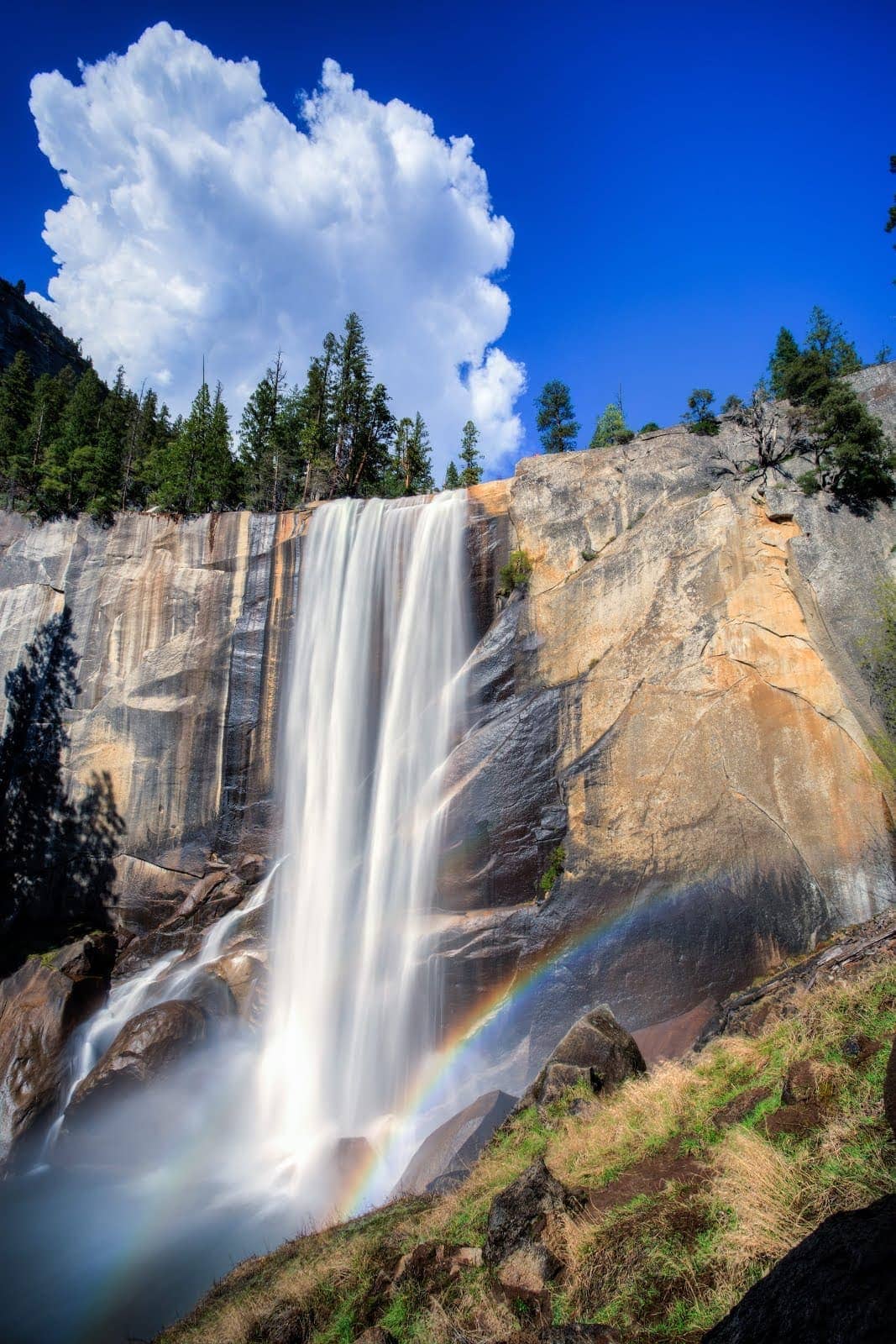
Water, and particularly waterfalls, are perfect examples of when you would want to use a ND Filter. Moving water creates a really nice issue when you use low shutter speeds (i/15th of a second and longer).
Unfortunately, achieving low shutter speeds in the 24-hour interval fourth dimension, especially with all that h2o reflecting the light, is basically incommunicable. Even if y'all shut the aperture to as small a hole as possible, and utilize an ISO 100 setting, in most cases y'all'll struggle to shoot at shutter speeds slower than i/30th of a 2nd.
Thankfully, with an ND filter, we can cut down on the light and shoot for longer shutter speeds without having to resort to crazy-high apertures. Shooting at apertures higher up f/16 is generally not recommended as an effect called diffraction can reduce the quality, notably the sharpness, of our images.
In the waterfall shot to a higher place for instance, I shot with a 10 finish filter, meaning I could utilise a four 2nd shutter speed. Without that 10 end filter, the shutter speed would have been ane/250th of a second, which would have given the image a totally different look. Now permit's look at another example:
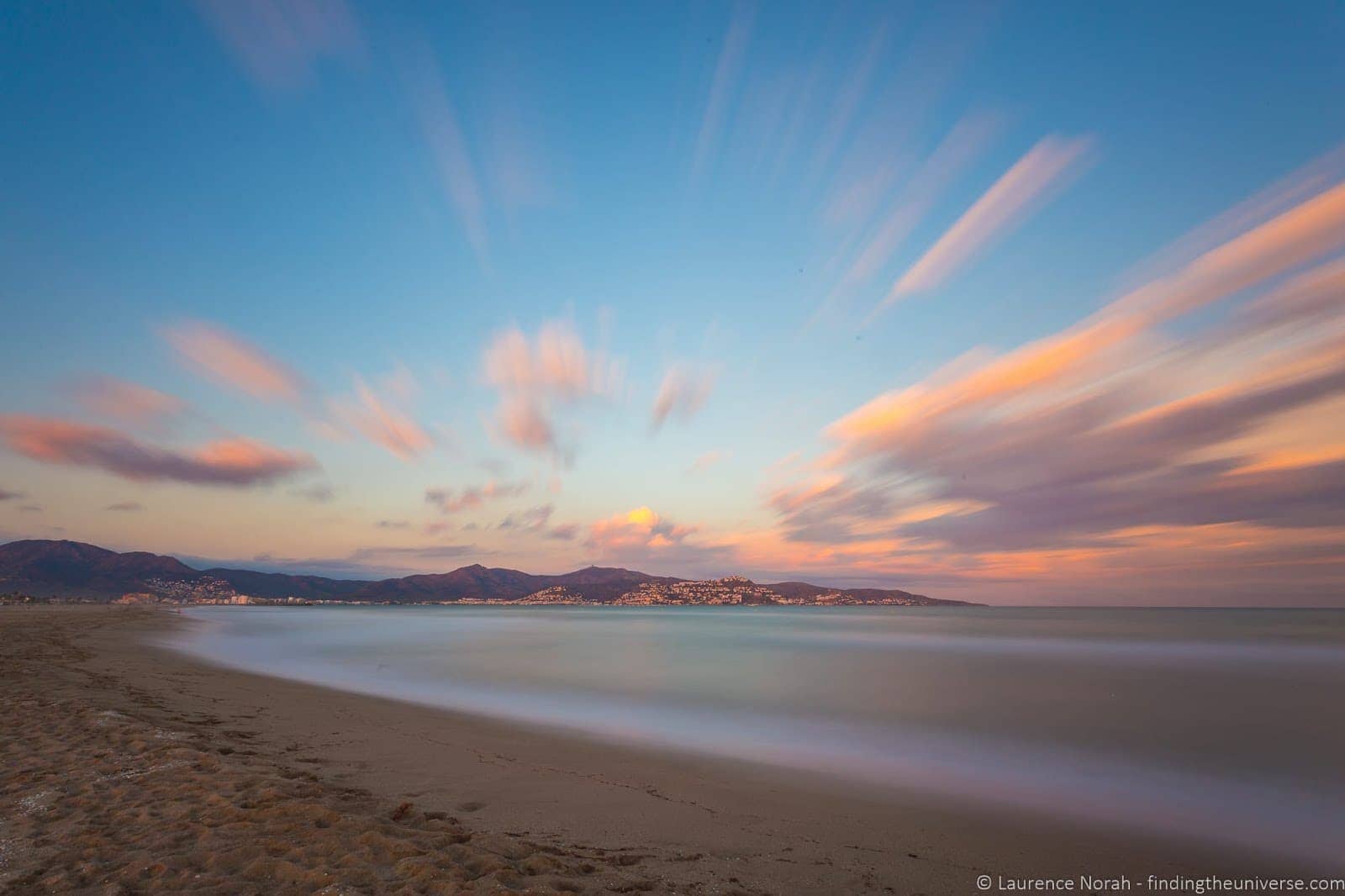
This dusk on the beach in Costa Brava was taken using a 10 Stop ND Filter. This allowed me to apply a shutter speed of 120 seconds. If I'd non been using an ND Filter, that shutter speed would be been i/8th of a second.
What Do I Need to Look for When Ownership An ND Filter?
There are a number of different features to await for when ownership an ND Filter.
Filter Attachment. In that location are two main options for how a filter attaches to a photographic camera. They tin either spiral directly onto the lens (screw-in), or they'll slot into a mountain (a filter holder) on your lens (slot-in). Each filter blazon has its own pros and cons.
Screw-in filters can exist easier to put on and remove, but as different lenses have different thread sizes, if you have a number of lenses, you'll demand different size filters for all of them.
Slot-in filters let yous to more than easily stack filters, and as they attach to the lens body, once you accept bought the mount, you can utilise the filters across lenses. In addition, individual filters are generally less expensive than individual screw-in filters, after the initial investment in the mounting system. The initial attachment of the mount tin can have longer than with a screw-in filter, simply once set up up, filters are quite easy to drib in.
Filter Type. ND filters come in a number of types. The two most common are standard, and graduated.
A standard ND filter simply reduces the light coming into the camera across the whole image. A graduated neutral density filter, which is darker in a part of the filter, allowing you to reduce the brightness in a office of the image, but not all of it – particularly useful for high-contrast scenes with a lot of light in the sky.
Filter Size: If you're buying a screw-in filter, you need to make certain it is the aforementioned size every bit the spiral thread on your lens.This volition be a number measured in mm, and may fifty-fifty exist written on the lens. If non, your manufacturer will exist able to provide information technology. A common size for dSLR cameras is 77mm – and so you lot would need a 77mm ND filter to fit onto a 77mm size lens.
Strength: Every bit previously mentioned, ND filters come in dissimilar strengths, with some of the common strengths beingness three, half dozen and ten stop filters. Some systems allow you to stack filters, for example if you stack a x stop and a 6 terminate filter, yous'd terminate up with a 16 stop filter.
It'southward also worth mentioning at this point that you can too buy variable neutral density filters, which allow you to adjust the force of the ND filter, usually between a range of say ii and 10 stops. This sounds ideal, and certainly has the advantage that you lot need less filters. However, these filters are usually more expensive and tin crusade issues such as strange cross-hatch patterns and vignetting in images due to their thickness.
Colour-shift: The final affair to be aware of when buying an ND filter is that whilst the goal is to reduce the corporeality of low-cal entering the camera without effecting the await of the epitome (hence "neutral"), some filters tin cause a color cast – particularly at the higher stops, or if you stack them. This can usually be corrected in postal service-processing, only it is something to be aware of – bank check online reviews before purchasing to run across if this is a common issue with the filter you are interested in.
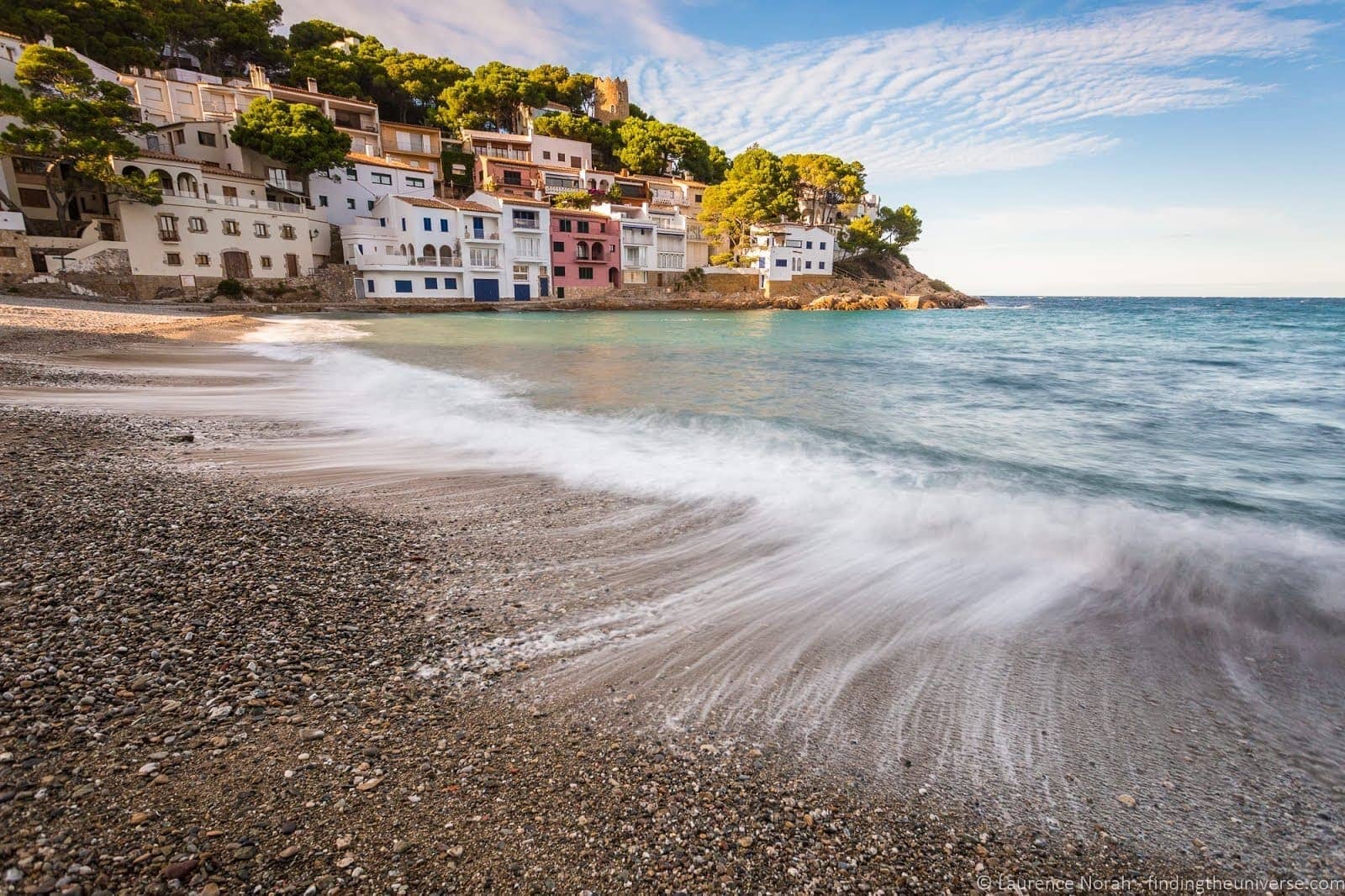
Exercise I Demand Annihilation Else With My ND Filter?
There are ii accessories that I would suggest yous demand when picking up an ND Filter. These are:
A Tripod. A tripod is a critical accompaniment for using an ND filter. One of the principal reasons to use an ND filter is to cutting downwards the calorie-free and increase the exposure time – something that will upshot in shutter speeds that are too low to mitt hold your camera. To solve this problem, yous're going to need a tripod. Don't worry, I have a whole mail service on the reasons you lot need a tripod, and advice on picking the best tripod for you.
ND Calculator App. This is more of a squeamish thing to have than a necessity, but it sure can exist handy in the field when you realise that figuring out the math for those long exposures is a chip tricky. An ND calculator app lets y'all enter in values for your shutter speed, aperture and ISO, and and then cull an ND filter strength. It will then prove y'all the appropriate new values for your shutter speed based on that strength, taking the guesswork out of your exposure calculation.
This means you can gear up a shot without the ND filter, check the camera's exposure settings, pop the filter on, and so use the app to calculate the correct settings.
Recommended ND Filters
At present, downwardly to some recommendations. These are a mix of my favourites, and brands I know young man photographers swear by. There are a lot out there though, so exist certain to get the right selection for you. My communication would be to become a 10 stop filter and work from in that location – my 10 stop filter is the one I use the near often.
i – Kase Filter Kit
Kase are a well known make in the ND filter globe, and they produce a range of filters. This kit has all the filters yous should need. Screw-in filters make for like shooting fish in a barrel changes and you can even stack a number of them to increase the effect.

We've been using a 77m screw-in filter kit for years, and love the that they are super portable and that you lot tin stack them. Other thread sizes are also bachelor.
2 – Formatt-Hitech Filter System

If yous want to get downwardly the slot-in route, these are a proficient identify to start.
three – Lee Filter Kit
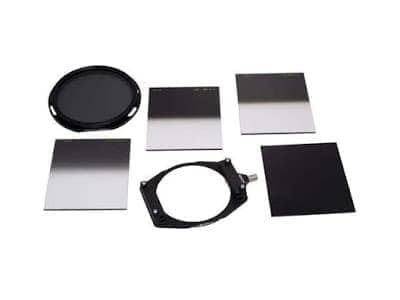
Stepping up somewhat in price, Lee are amid the best known names when it comes to filters. Their "Big Stopper" x Stop ND filter is the go-to filter of selection for a corking many photographers, and for skillful reason. These are high quality filters that should last for a good long time.
four – B+W ND Filters
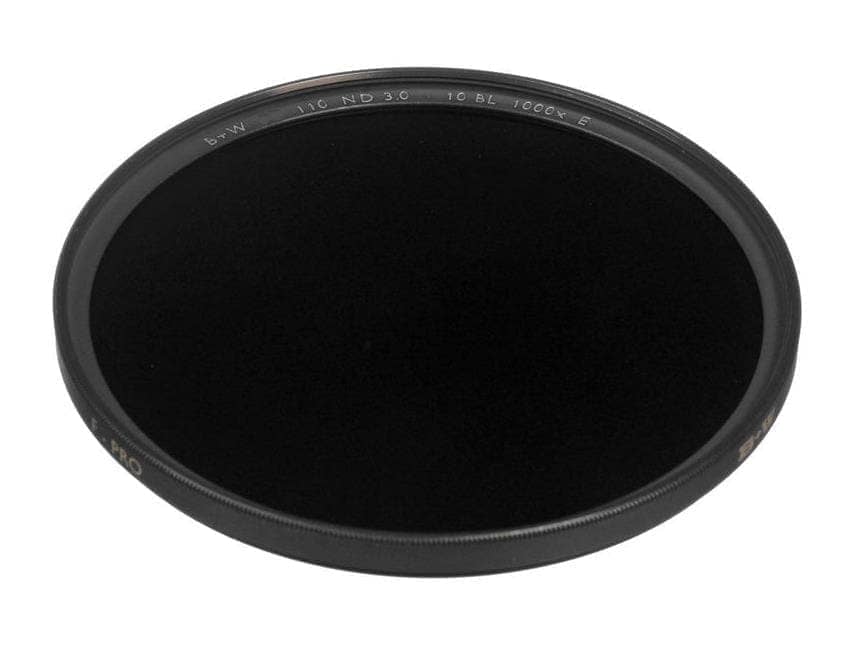
I've used B+W polarizing and UV filters across my lenses for many years now, and have always been impressed by the build quality and durability. Over again, a premium pick, but a good ane.
Further Travel Photography Reading and Resources
Well, that sums up my guide to Neutral Density, also known as ND Filters. I hope you plant it useful – don't forget to fire any questions at me in the comments. I've likewise put together a number of other photography related guides and resources that you might find useful. These are:
- My always expanding serial of Photography Location Guides, to assistance y'all get the best shot in locations around the earth.
- An overview of my Travel Photography Gear, in example yous wondered what a professional photographer has in his pocketbook
- If you're in the market for a new photographic camera, we have a detailed guide to the best travel cameras, also as specific guides for the all-time cameras for hiking and backpacking, the all-time compact camera, all-time mirrorless camera and best DSLR camera. We besides have a guide to the all-time camera lenses.
- Our always updated guides to the best travel camera lens, and the best meaty camera for travel
- A Beginners' Guide to Improving your Travel Photos
- Our photography gift guide, in instance you were looking for a gift for the photographer in your life
- My series of Photography Tips, which I am always expanding and updating with posts like this one. Run into our guides to Northern Lights photography, long exposure photography, fireworks photography, tips for taking photos of stars, and cold weather photography to get you started.
- Always wondered how to easily supplant the sky in an paradigm? Bank check out our guide to sky replacement in photography for an like shooting fish in a barrel process anyone can exercise.
Looking to Improve Your Photography?
If you establish this post helpful, and yous want to amend your photography overall, you might want to bank check out my online travel photography course.
Since launching the course in 2016, I've already helped over 2,000+ students learn how to take better photos. The course covers pretty much everything yous need to know, from the basics of how a camera works, through to limerick, light, and photograph editing.
Information technology also covers more than advanced topics, including astrophotography, long exposure photography, flash photography and HDR photography.
Yous go feedback from me every bit you progress, access to webinars, interviews and videos, equally well as exclusive membership of a facebook group where you lot can get feedback on your work and take part in regular challenges.
Information technology'south available for an amazing 1-off price for lifetime admission, and I think you should check information technology out. Which you tin can do by clicking hither.
And we're done! Thanks for reading – if you've got whatsoever comments, feedback or suggestions, just permit me know in the comments below.
How To Use Nd Filters,
Source: https://www.findingtheuniverse.com/what-is-neutral-density-filter-photography-tips/
Posted by: bivenscovest.blogspot.com


0 Response to "How To Use Nd Filters"
Post a Comment